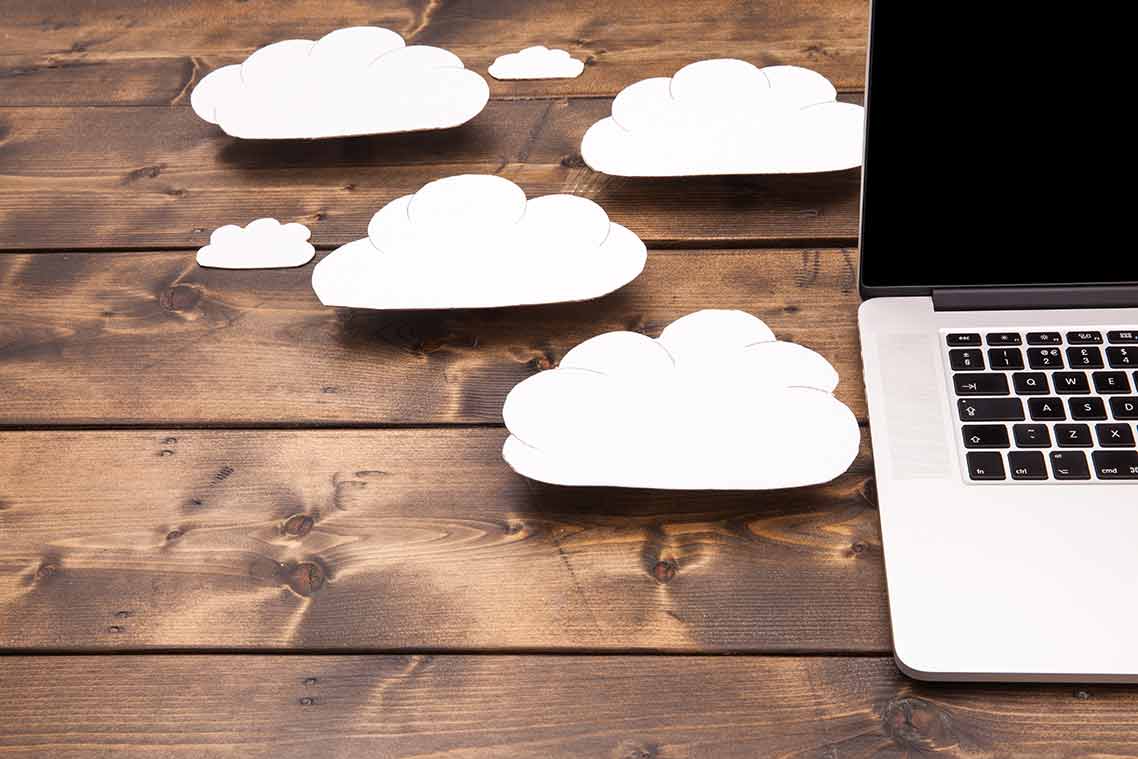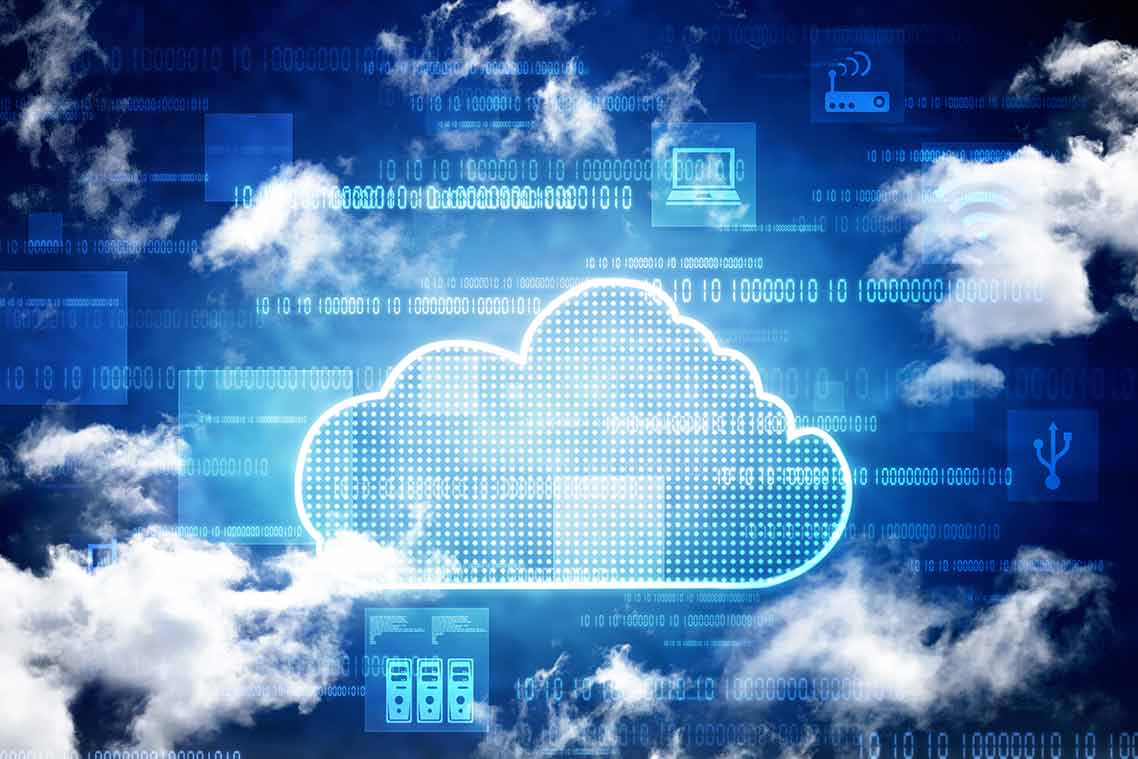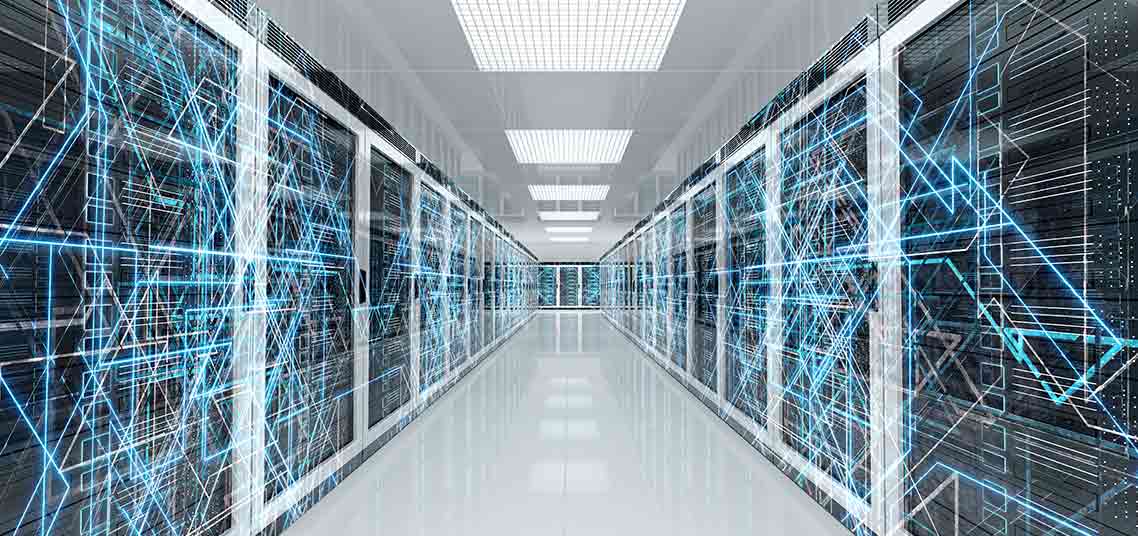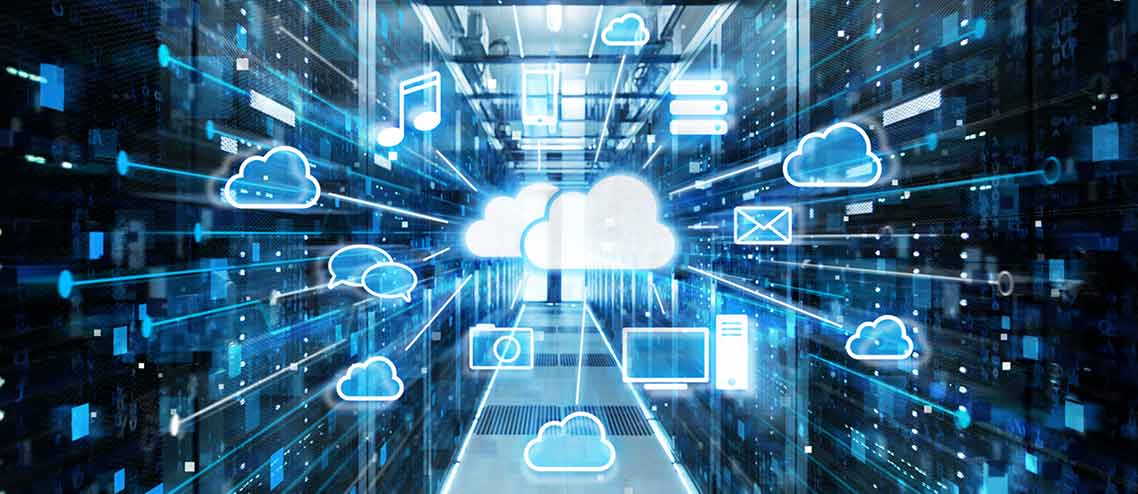Virtual desktops give users secure remote access to applications and internal files. Virtualization technologies often used in these remote access environments include virtual desktop infrastructure (VDI) and desktop as a service (DaaS).
Both remote...
Despite the popularity of public clouds, many organizations still need the benefits only private clouds can offer. However, there’s a hitch—private clouds can be complicated to build and maintain, and very few organizations...
Citrix Provisioning Services (Citrix PVS) is a streaming technology that delivers software patches, updates, and other configuration data to multiple endpoints running virtual desktops through a shared desktop image.
Citrix...
What is Citrix Hypervisor?
As its name implies, Citrix Hypervisor is a hypervisor—a software component that separates the operating system and applications from the physical hardware. It’s able to run...
Private cloud computing refers to a deployment model where the entire IT infrastructure is maintained privately by the same organization that owns it. A private cloud may either be based on the existing on-premises data center of an organization or can be...
Windows 7 EOL: All Good Things Must Come to an End
End of life (EOL) refers to the period when Microsoft no longer supports an operating system or application. Microsoft Windows 7 has been dominant in the operating systems (OS) market,...
Introduction
IT security has always been a significant concern for businesses that accept online credit card payments. They hold sensitive information that malicious hackers are after cardholder data and customer information. This...
What is Microsoft Azure Cloud?
Microsoft Azure cloud is the flagship cloud computing platform by Microsoft. It offers a wide array of services to build and manage highly available enterprise solutions with all the performance and scale that the cloud has to offer. Azure is one of several products bundled under Microsoft cloud...






